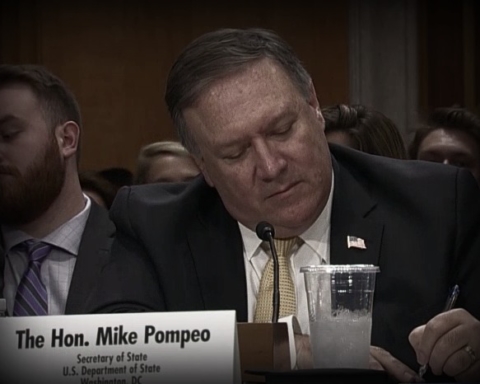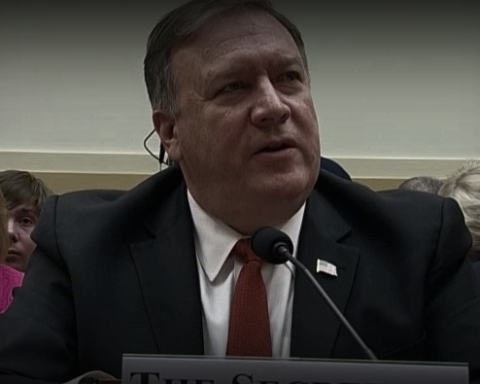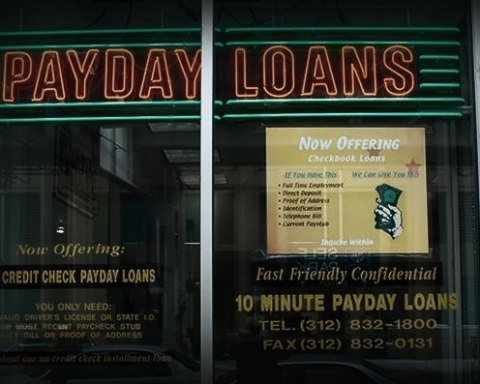A government watchdog released a report on Wednesday that knocked the US Patent and Trademark Office (USPTO) for issuing low-quality copyrights vulnerable to bogus litigation.
A review of district court filings by the Government Accountability Office (GAO) found that the number of patent infringement lawsuits have more than doubled since 2007, with more than 5,000 actions brought last year alone.
The rise, according to the GAO, is a result of deficiencies within the US patent office. The bureaucracy has yet to define what a “quality patent” is, and prioritizes speed over thoroughness when reviewing patent requests.
“Without a consistent definition of patent quality, USPTO is at risk of having its staff work at cross purposes to improve patent quality based on their individual definitions of patent quality,” the GAO stated in its report, which was commissioned by the House Judiciary Committee.
Under US law, patents must be “novel” and clearly articulated.
Most lawsuits are related to computer and communications technologies, which the GAO notes are “easier to unintentionally infringe because they are more likely to be unclear and overly broad.” A 2003 study by the Federal Trade Commission found that in some cases, companies risk infringing on as many as thousands of patents when creating a single product.
So-called “patent trolls” have made a killing taking advantage of the USPTO’s loose work, by buying up broad or obvious patents—which can remain in effect for up to 20 years—with the sole intention of filing lawsuits over common business and computing practices.
The patent troll problem may even be self-perpetuating, given the demand-driven strain on USPTO services. The agency is currently sitting on a backlog of about 500,000 patent requests.
The GAO found that USPTO leaders encourage underlings to move more hastily than they would like, with this bottleneck looming.
“USPTO provides examiners with monetary incentives, or bonuses, for timeliness and production, but does not offer a bonus for producing high-quality work,” GAO noted.
A survey of examiners found that 70 percent “have less time than needed to complete a thorough examination.” One official interviewed by the watchdog stated that “the office’s focus on timeliness currently trumps high quality work at the agency, potentially increasing the tension between the goals of timeliness and quality.”
The GAO made a number of recommendations to the patent office, including the development of a consistent definition of patent quality. It also called on USPTO to re-analyze incentive programs and, more generally, the time it requires examiners to review applications.
The office “generally agreed” with the findings and recommendations, GAO noted.
As The Washington Post reported on Wednesday, USPTO has been criticized in two other watchdog reports issued in the last year. The Commerce Department Inspector General revealed in April 2015 that the agency had few internal mechanisms to review the work of more than 8,000 patent examiners.
The government issued more than 325,000 patents in 2015.







